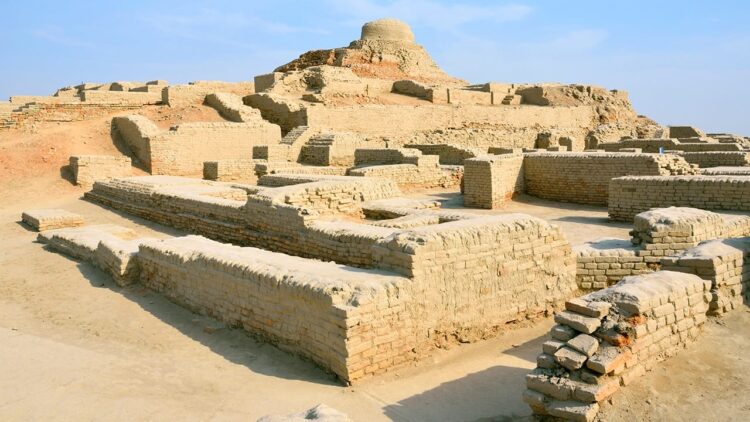“…..whereas, the Dravidian people of South India, especially the Tamil people of Sangam Age, also had their ancient roots in the Indus Valley Civilization.
And we have an intensive research basis for those foundations.
Yet, the geographical gap between the lands, and the time gap between the cultures, provide a challenge to that research.
Those who could not accept the Dravidian theory, only place this gap, as their argument.
The great scholar Dr.Iravatham Mahadevan, who was fully supportive of the Dravidian theory, had also referred to this gap at one point of time.
The Natives of the North and Central Dravidian languages were inherently closer to the Indus Valley, on a geographically comparative basis, yet they differ on a culturally comparative mode.
At the same time, the South Indian civilization which flourished in the Sangam Tamil classical age, exhibits close resemblance to the Indus Valley civilization. We need to reconcile these differences via newer empirical data, and that is the challenge before the Indian Research and Academia.”
Prof. Malcolm Adiseshiah Memorial lecture series – Feb. 04, 2011,
International Institute of Tamil Studies,
Chennai. Tamil Nadu State, India
R. Balakrishnan, IAS (Retd.)
Research Scholar
Indus Valley Civilization
Courtesy: ‘Dravida Pozhil’
– April-June 2024, – Page 90
Compiled by : K. Palanisamy
T.Pudupatti-624 705
“There is substantial linguistic evidence favouring Dravidian authorship of the Indus Civilization.
The evidence includes:
The presence of Dravidian loan words and loan translation in the Rig Veda.
The Substratum influence of Dravidian on Indo-Aryan as seen in phonological changes like introduction of retroflex sounds, morphological changes like switch – over from inflexion to post – fixation, and near – identical syntactical structures moving Indo-Aryan closer to Dravidian than to Indo – European languages.
Computer analysis has shown that the Indus language had only suffixes (as in Dravidian) and no prefixes (as in Indo – Aryan) or infixes (as in Munda)
The Indus religion as revealed by pictorial depiction on seals and sealings included worship of a
buffalo – horned male god,
mother – goddesses,
the pipal tree,
the serpent and possibly the
phallic symbol,
all of which are known to have been
derived from the
aboriginal populations.”
Interpreting the Indus Script:
The Dravidian Solution
Convocation Address,
Dravidian University, Kuppam, Andhra Pradesh
Feb. 26, 2015,
Prof. Dr. Iravatham Mahadevan
Courtesy: ‘Dravida Pozhil’
– April-June 2024, – Page 52








